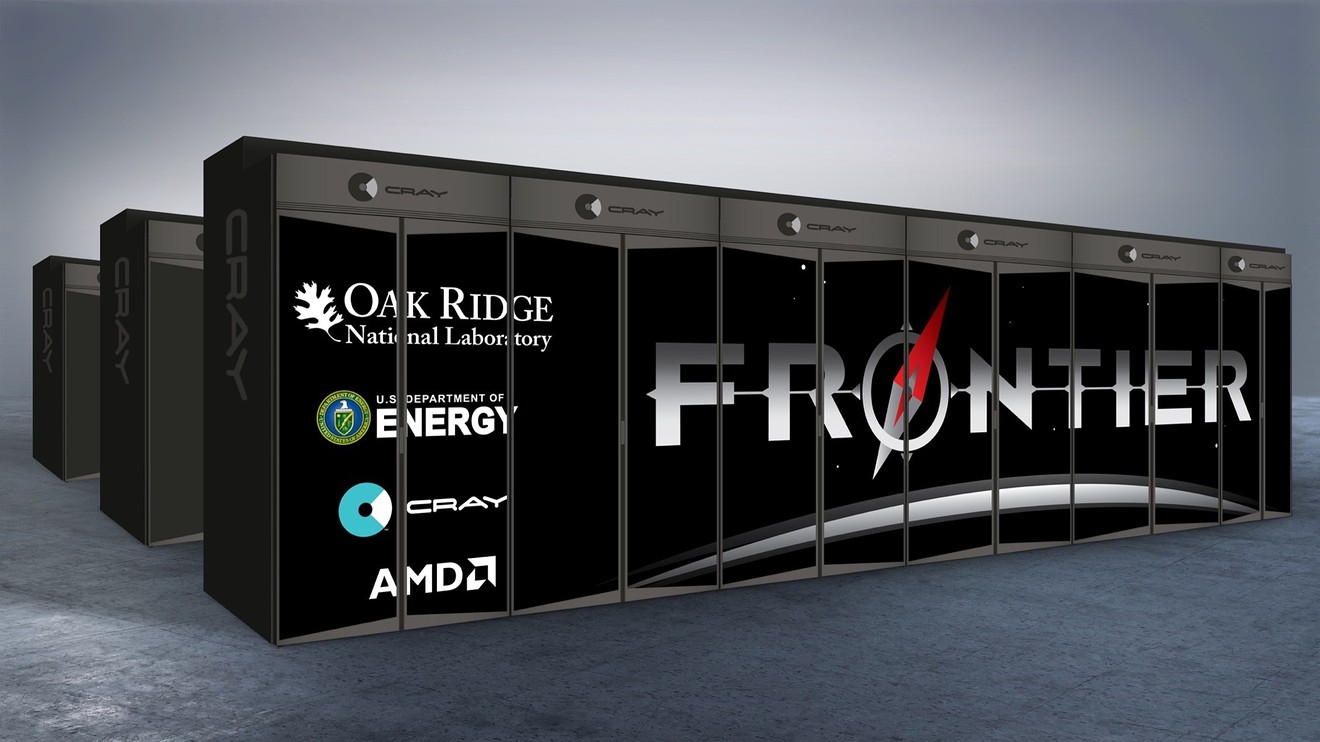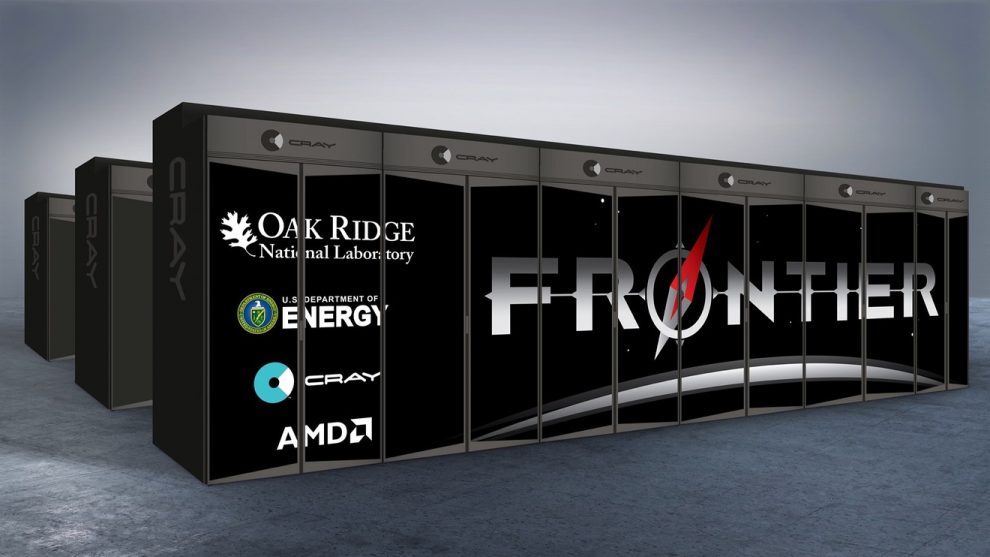
Advanced Micro Devices Inc. and Cray Inc. have been awarded a $600 million contract to develop the fastest supercomputer in the world for the U.S. Department of Energy, the companies announced Tuesday morning.
The deal, to design a massive supercomputer called Frontier, is the most ambitious in the revived partnership of the two companies, and could give AMD AMD, -0.87% more clout in high-performance computing and data-center chips. AMD supplied Cray CRAY, +8.39% with Opteron processors for supercomputers until about 2013, when Cray switched to Intel Corp. INTC, -1.35% CPUs only; Cray revived its relationship after AMD launched its powerful Epyc data-center processors last year.
The companies have a bold deadline to complete and deliver Frontier sometime in 2021 to the Oak Ridge National Laboratory in Tennessee. Executives said in a briefing ahead of the announcement that the computer will be the fastest in the world when it is complete, and one that will also integrate artificial intelligence into data analytics and modeling.
“At the time of power on, we believe it will be the most powerful supercomputer in the world,” AMD Chief Executive Lisa Su said.
More from Therese: AMD is sticking with its story amid revenue decline
Su and Peter Ungaro, the chief executive of Cray, said the system — planned to be the size of about two basketball courts — will reach a processing speed of 1 exaflop per second, which translates to an unimaginable 1 quintillion floating point calculations per second. It will be about 50 times faster than today’s fastest supercomputers. AMD will provide both the main processors, or CPUs, and the graphics processors, or GPUs.
Executives said researchers will use Frontier in systems biology, materials science, energy production and health-data science. Traditional scientific models and simulation capabilities will be augmented with data analytics and modeling that will drastically reduce time by automatically recognizing patterns in data and guiding simulations beyond traditional approaches, they said.
“We can do a quite a bit of deep learning, solving problems that we don’t know exist,” Su told MarketWatch in an interview.
With this deal, AMD hopes to show that it can be a force in the arena of high-performance computing. Since AMD launched Epyc processors based on its Zen architecture, it is slowly getting back into the corporate server market and the cloud-computing market. Su now hopes to make the same forays in the arena of the most powerful machines, many of which are used by national laboratories. Frontier will replace a former supercomputer known as Titan which used AMD CPUs and Nvidia Corp. NVDA, -2.25% GPUs.
For more: Why AMD believes it can challenge Intel in servers
“We are super happy that this has both AMD GPUs and CPUs,” Ungaro said in an interview. “We spent a lot of time designing with all the GPU and CPU vendors. And in spending time with AMD, their teams showed us a new way to build a node.”
Su said that the CPUs, or central processing units, for Frontier will be custom-designed by AMD, based on its Zen 2 architecture, and that each CPU will work with four GPUs, or graphics processing units, but neither AMD nor Cray would disclose how many total chips will be in the system. The AMD/Cray system will cost more than twice as much as the current No. 1 system, they said.
According to the most recent Top 500 list of the world’s fastest supercomputers, the No. 1 system today is also at Oak Ridge National Labs: the Summit, developed by IBM Corp. IBM, -1.41% and powered by IBM’s Power9 processors and Nvidia’s graphics chips. That machine has about 8,712 IBM Power 9 chips and 39,204 Nvidia GPUs, and brought the No. 1 spot back the U.S., unseating China for the first time since 2013. As of the November Top 500 list, Summit hit a peak performance of 143.5 petaflops per second, or 1 quadrillion floating point operations per second. Its cost was cited as $280 million in 2016.
See also: Tech giants made so much money in 2018 that 2019 is bound to look pretty bad
This is Cray’s second big supercomputer deal with the Energy Department in the past two months. In March, it said that it will deliver another supercomputer to the Argonne National Labs in 2021, the first supercomputer to perform at so-called exascale speeds, in a deal worth more than $100 million. The Argonne contract plans to use both processor and memory chips from Intel.
Thomas Zacharia, director of Oak Ridge, said the systems were not competing.
“Frontier will be the largest system that DOE has procured,” he said at a briefing.
AMD and Cray have set some lofty goals for the Frontier system, but Su and Ungaro were confident that their companies can complete the system on time and deliver the performance they are promising.
“It is a lot of technology, and it will give us both respectively, a big advantage in the marketplace,” Ungaro said. “We are setting a big goal and putting the resources behind it.”
Get the top tech stories of the day delivered to your inbox. Subscribe to MarketWatch’s free Tech Daily newsletter. Sign up here.






